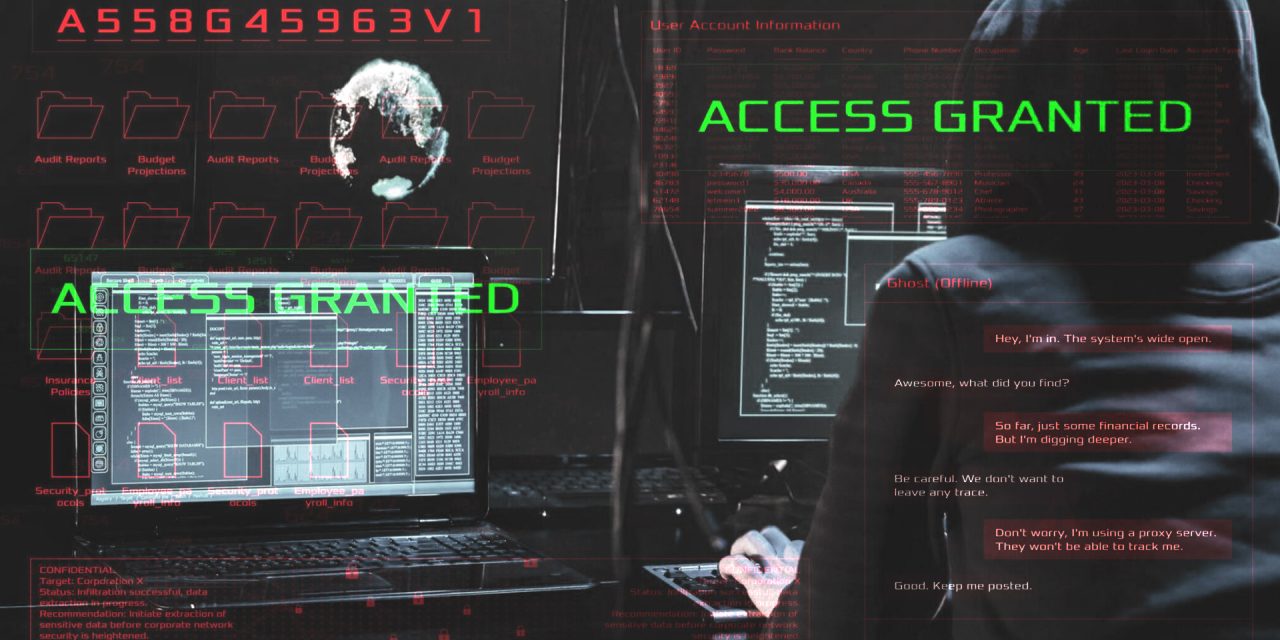According to one firm’s roundup of the cyber incidents it managed and monitored, ransomware, edge attacks and hacktivism surges stood out
In its yearly summary of the threat landscape, one cybersecurity firm’s report has noted a surge in ransomware attacks, hacktivism and a focus on compromising edge computing (IoT) devices in its 2023 data.
Reflecting on a year marked by significant cyber turmoil, the report highlights a 90% increase in publicly extorted victims of ransomware attacks. Such ransomware attacks accounted for 10% of all malware detected by the firm’s sensors and incidence response teams.
Nearly half of the firm’s cases in 2023 involved ransomware, with the number of publicly shamed victims soaring to approximately 5,000, doubling from the previous year.
The three key trends
In summarizing and categorizing the cyber incidents handled in 2023, three trends stood out:
- Ransomware surge: Attackers had refined their strategies, increasingly targeting high-value targets, leveraging Zero Day vulnerabilities, and enhancing Ransomware-as-a-Service offerings with new extortion tactics. The latter can range from evasion techniques like intermediate encryption mechanisms, or restarting in safe-mode to enhanced encryption speeds. Other enhancements included extended extortion tactics, such as data theft and the threat of data exposure, as well as the implementation of stolen data indexing; and including more operating systems as targeted platforms. Another important development was that ransomware versions for Linux became the standard in 2023.
- Targeting of edge devices: Edge devices such as 5G and IoT smart instruments/devices were increasingly targeted as components of communication infrastructure, and also as initial entry points into networks. Not only end-of-life unpatched known vulnerabilities are used to exploit edge devices. Extensive zero-day exploitation and employment of customized malware to target edge and network devices by Chinese APTs like UNC3886 and UNC4841 were also notable.
- A rise in hacktivism: State-sponsored hacktivism had escalated in 2023, with notable increases in cyber activities tied to geopolitical conflicts. The use of destructive wipers for maximum impact underscores the evolving nature of cyber warfare. Notably, these trends were shaped during the Russian-Ukrainian war, and had parallels in the ongoing conflict between Israel and Hamas.
According to Maya Horowitz, Vice President of Research, Check Point, the firm announcing its yearly threat landscape overview: “In an era of relentless innovation in cybercrime and accumulating tensions involving (state-sponsored) threat actors and hacktivists globally, organizations must adapt. Investing in stronger defenses with robust AI-powered and cloud-delivered cybersecurity measures — and proactively fostering collaboration — are key to effectively safeguarding against these evolving dangers.”

















